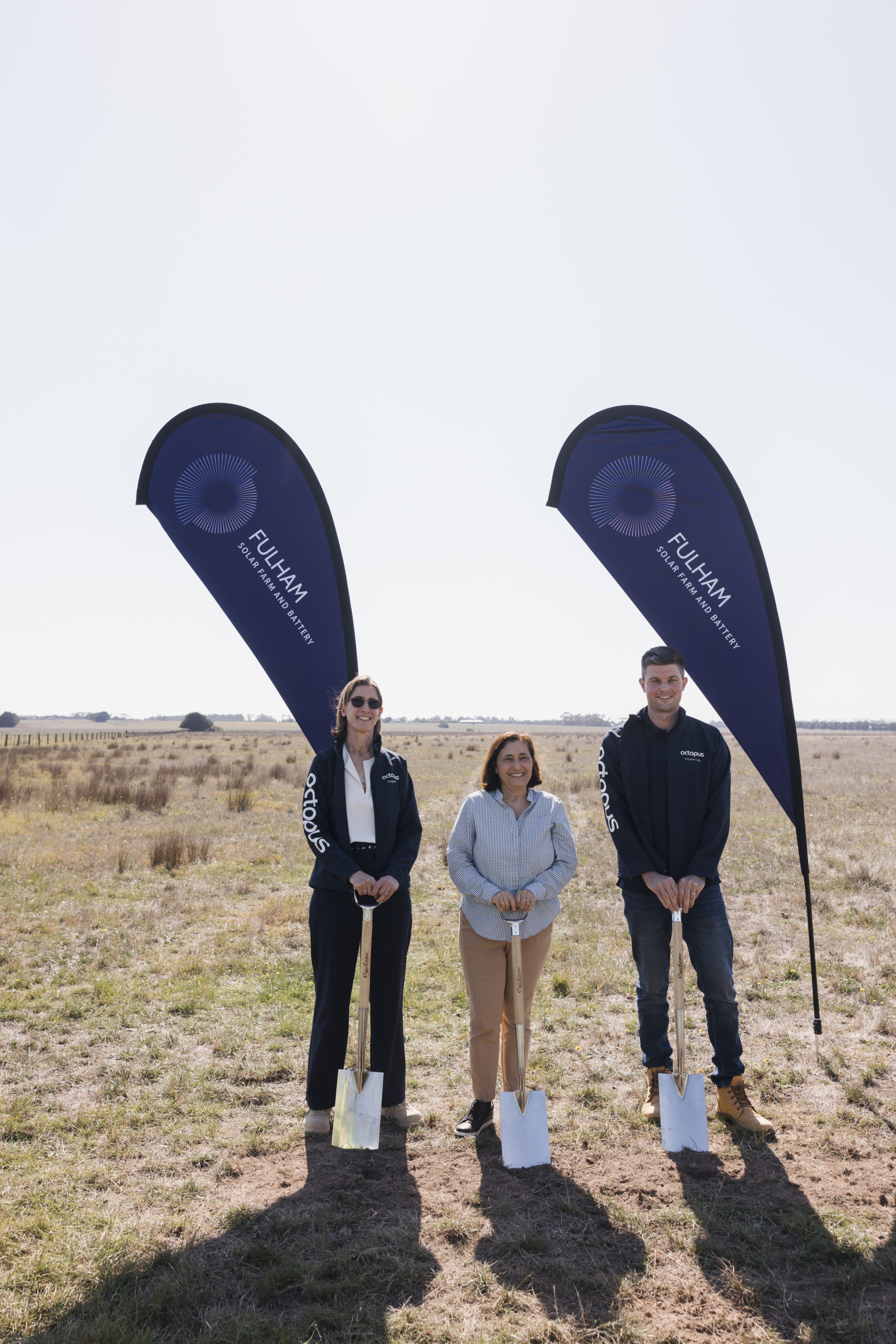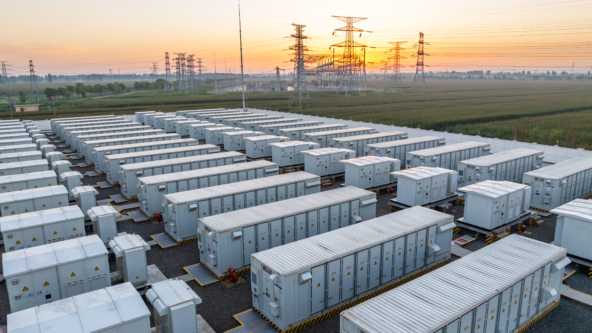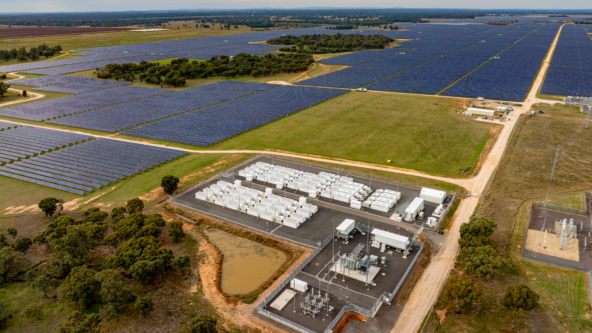What the Federal Budget means for Renewable Energy
| Last month, the Australian Government released its Federal Budget, outlining plans to promote an Australian green metals industry as well as to stimulate investment in renewable projects through a $2 billion commitment to the Clean Energy Finance Corporation (CEFC). The metals industry in Australia accounts for approximately 7% of Australia’s total greenhouse gas emissions. This is driven primarily by energy-intensive activities such as aluminium smelting and steel production that often relies on fossil fuels. As such, the government has committed $1.5 billion to the ‘Future Made in Australia Innovation Fund’, with various allocations towards green metals development and clean technology manufacturing. The Budget also allocated $2 billion over 19 years to support the future of the domestic aluminium industry via the ‘Green Aluminium Production Credit scheme’. This initiative promotes the transition of aluminium smelters to renewable energy. In addition, the Budget announced funding of $1 billion over seven years, to support iron producers in establishing low emissions facilities in Australia. |
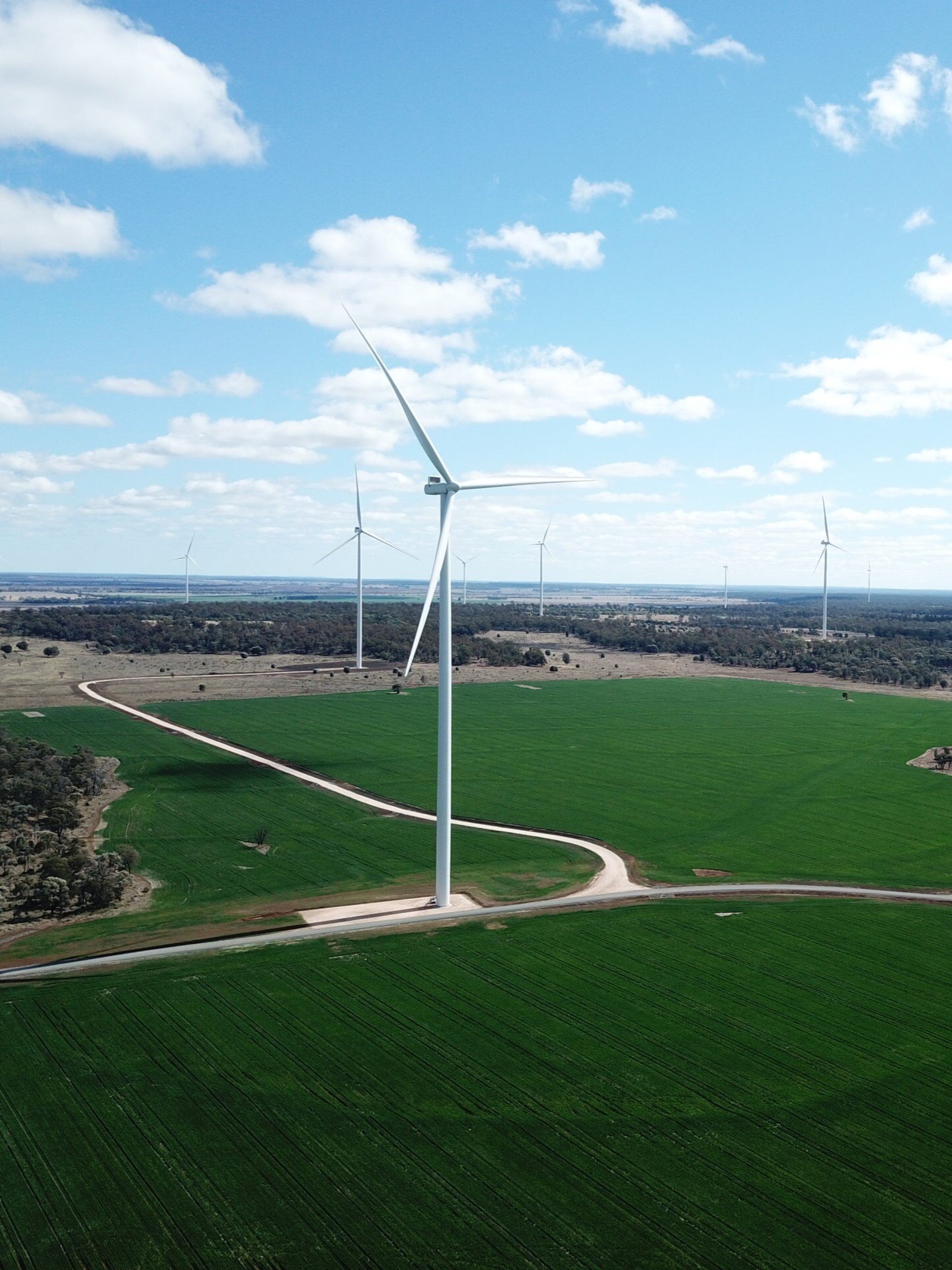
Energy policies front and centre as election is announced
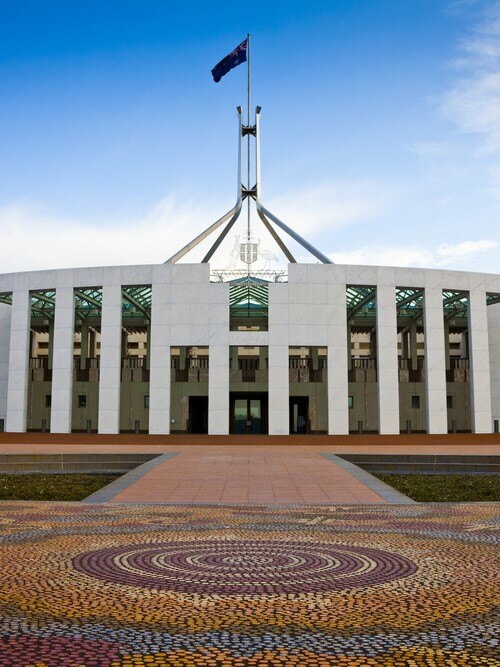
| The Australian federal election will take place on Saturday, 3 May, with both major parties including energy policies as cornerstones of their election campaigns. The incumbent Labor party is proposing to deliver more renewable energy projects as part of its previously announced target to reach 82% renewable generation in our grid by 2030. The Government recently announced a $2.3 billion Cheaper Home Batteries Program, an initiative aimed at promoting the adoption of home battery systems. The Labor party has also proposed a $2 billion expansion of Australia’s green bank, the CEFC aimed at unlocking $8 billion of additional investment into renewable energy generation and storage technologies. The Liberal party has outlined a policy to introduce nuclear power into Australia’s future energy mix. The initiative proposes that the first nuclear plant will be operational by 2036 with 14GW of capacity by 2050. The Coalition is also proposing to increase domestic gas production through a Gas Reservation Scheme in the short-term, through mandating producers to reserve a portion of their gas for domestic use. Although there is a difference in policies between the two parties, both campaigns recognise the key role renewables will play in Australia’s energy mix as we transition from coal to low-emission technologies. Renewables already contribute significantly to the nation’s energy mix, with 40% of generation in the NEM last year coming from renewable energy technologies alone. Given that renewables are already well established and embedded in our energy mix, regardless of political sentiment, there continues to be upside for strategic investment into Australian renewables backed by storage. |
Octopus Australia begins construction of its Fulham Solar Farm and Battery Project
| We’re pleased to announce that Octopus Australia has reached financial close and commenced construction of the Fulham Solar Farm and Battery Project in Victoria. Valued at over $300 million, the project is supported by key investors including Rest, the CEFC, and clients of Westpac Private Bank. Featuring an 80MW solar farm and a 128MWh battery, Fulham will be one of Australia’s first DC-coupled solar and battery assets, designed to deliver strong risk-adjusted returns for investors. Backed by a power purchase agreement with the Victorian State Government, the project’s innovative hybrid design will strengthen local grid reliability while contributing to Victoria’s clean energy transition. Octopus is also committed to maximising the use of local businesses, tradespeople, and locally manufactured materials throughout the construction phase – ensuring the project delivers meaningful economic and employment benefits to the Gippsland community. |
